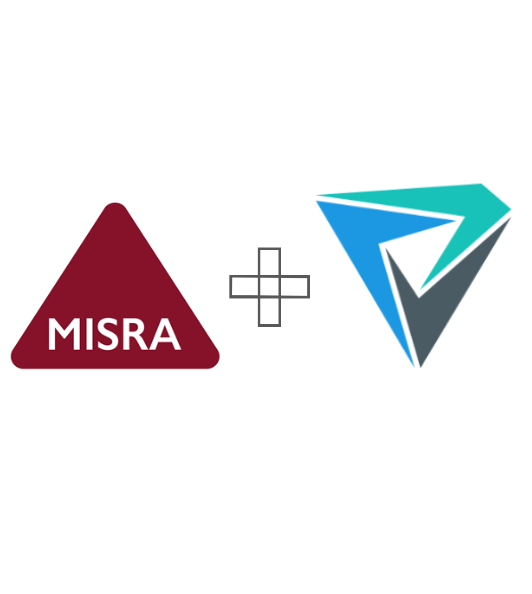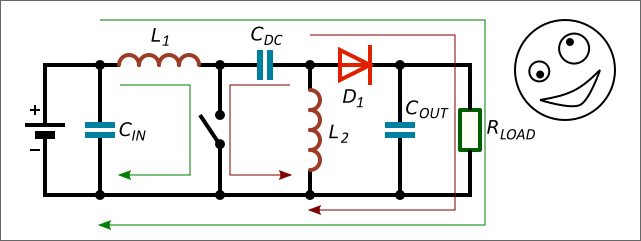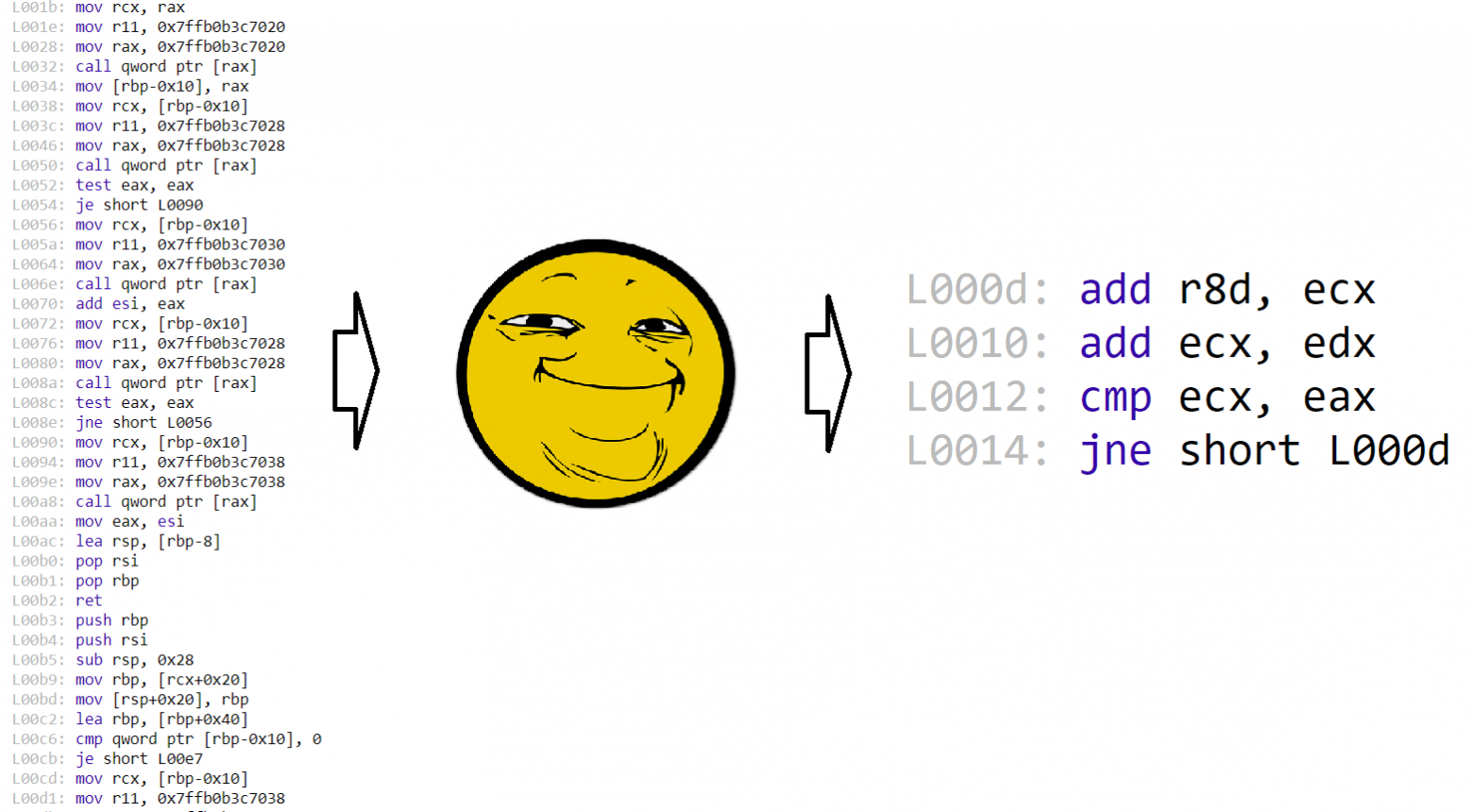Effective data management is a critical aspect in retail. You have to manage information about customers, products, services, staff, materials, and so on. You should have a source that you will trust. And you need to store, process, moderate, and administer data in this system.
Until recently, retailers only knew MDM - Master Data Management. A traditional MDM system is a system that knows about different data sources. It contains the “golden standard” of data.
Imagine that your stores have one customer information, your online store has another, and your marketing services have third data. MDM system collects all these types of information in a single source. The system can find the same clients, spelled differently, and eliminate errors in the data based on different algorithms.
The evolution of MDM systems has led to the emergence of highly specialized master systems. Modern business does not need to implement a heavy MDM to manage only product data. There are PIM systems for this task.




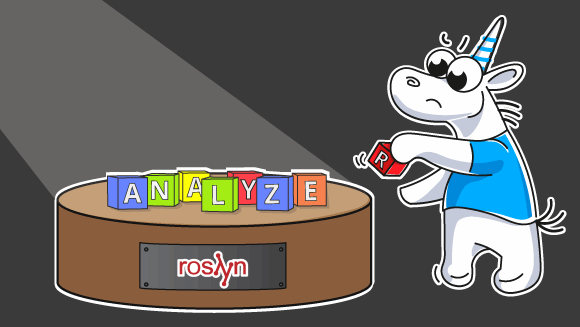



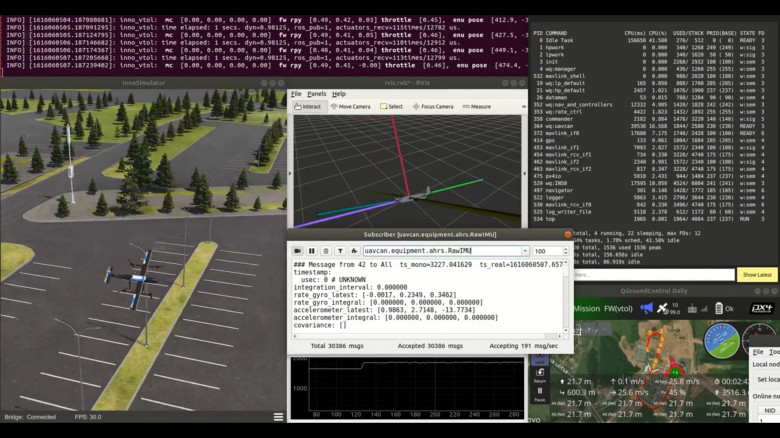
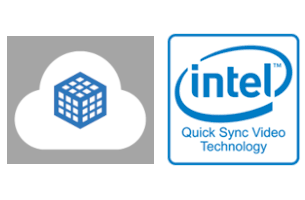 Since 2011 all Intel GPUs (integrated and discrete Intel Graphics products) include Intel Quick Sync Video (QSV) — the dedicated hardware core for video encoding and decoding. Intel QSV is supported by all popular video processing applications across multiple OSes including
Since 2011 all Intel GPUs (integrated and discrete Intel Graphics products) include Intel Quick Sync Video (QSV) — the dedicated hardware core for video encoding and decoding. Intel QSV is supported by all popular video processing applications across multiple OSes including 

